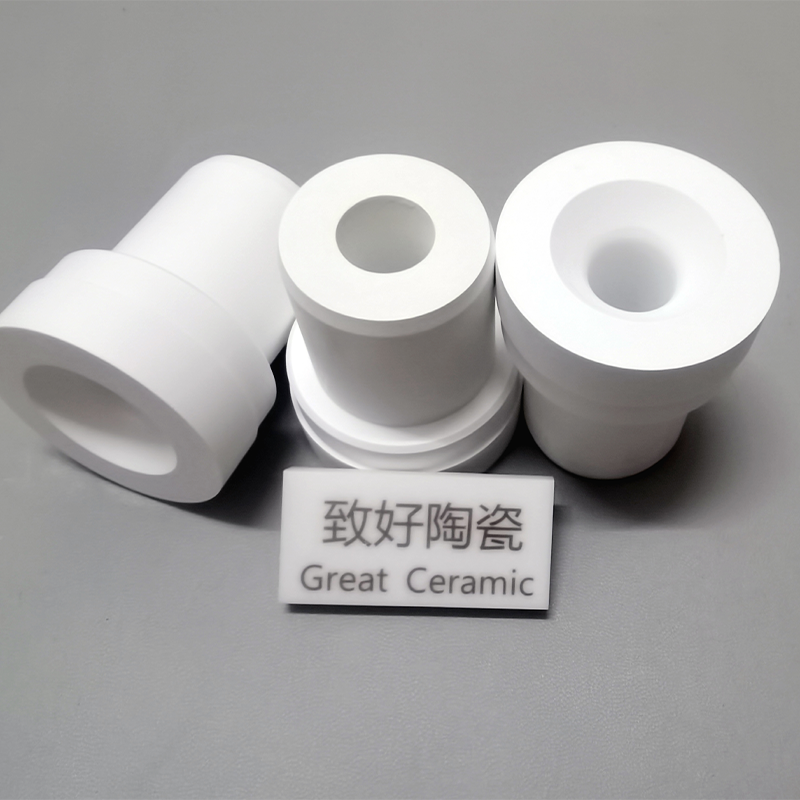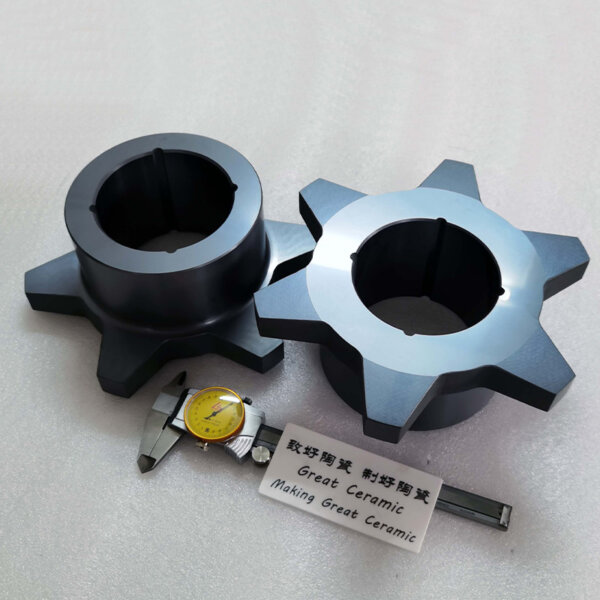Introduction to Thermal Shock Resistance
In daily life, we often use ceramics without knowing their ability to withstand sudden temperature changes. This property is called thermal shock resistance of ceramics. It is important because it helps prevent cracking and breaking when ceramics face rapid heat changes. Understanding this can help your choosing of ceramics for home or industrial use.

Importance of Ceramic Thermal Shock
Knowing about ceramic thermal shock is key for anyone who works with ceramics. The thermal shock quality tells you how well ceramics can handle quick temperature shifts. For example, if you use certain ceramics for cooking, you want them to withstand heat from the stove without cracking. This knowledge makes your life easier and helps you pick the right products.

Understanding Ceramic Temperature Resistance
The concept of ceramic temperature resistance complements the idea of thermal shock resistance. It ensures that your ceramics can tolerate high temperatures without degrading. This aspect is critical for items like tiles, cookware, or parts in machinery. When selecting ceramics, knowing how well they resist high heat can save you from future issues.
Conclusion and Recommendation
In conclusion, the thermal shock resistance of ceramics is a necessary attribute, especially when you want durable items for your home or work. Understanding how ceramic thermal shock and ceramic temperature resistance work allows for better decision-making. For those looking for high-quality ceramics, I recommend visiting Great Ceramic. They offer excellent products that can meet your needs, ensuring long-lasting use and reliability.
Expanding on Thermal Shock Resistance
To dive deeper into thermal shock resistance of ceramics, it is important to look at how different ceramic materials respond to changes in temperature. Not all ceramics are created equal when it comes to thermal shock. Some ceramic types can handle drastic changes with ease, while others may not. This variance is due to their composition and manufacturing process. Choosing ceramics that have high thermal shock resistance is essential for applications that involve high heat. It ensures durability and reliability, reducing the risk of damage and improving overall performance. Understanding these nuances can help both amateur and professional users make informed choices.
Deepening Knowledge on Ceramic Thermal Shock
Further knowledge of ceramic thermal shock aids in selecting the right ceramics for specific needs, from kitchenware to industrial equipment. This understanding is beneficial especially for cookware that experiences temperature fluctuations. If you take your hot dish directly from the oven to cold water, you want to ensure it’s thermal shock-resistant. It ensures safety and prevents accidents in the kitchen. So, knowing which ceramics to choose based on their thermal qualities can save you food disasters and prevent breakage. Awareness leads to more thoughtful purchasing, which is always a good choice.
Elaborating on Ceramic Temperature Resistance
As we learn more about ceramic temperature resistance, we understand how crucial it is in various applications, from construction to cookware. Those ceramics that do not resist high temperatures well may not be suitable for specific conditions. Understanding this aspect prevents costly mistakes and enhances safety. For example, user should avoid low-temperature resistant ceramics in fireplaces or for cooking. Knowing the right values helps to make wiser choices in your ceramic selections. Manufacturers often provide guidelines on rating temperatures for their products, making it easier for users to make informed decisions.
Final Thoughts on Quality Ceramics
In wrapping up our discussions on the thermal shock resistance of ceramics, the importance of knowing what to look for cannot be understated. Higher quality ceramics from trustworthy brands like Great Ceramic are essential investments. They promise durability, reliability, and added value in all applications. Given the different properties of ceramics available in the market, it is crucial to assess your needs and choose appropriately. Embracing high-quality solutions leads to long-term satisfaction and minimized risks.
